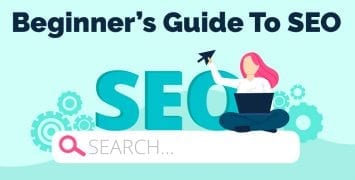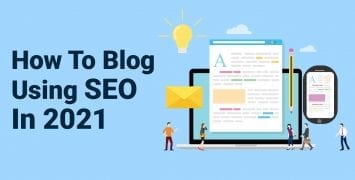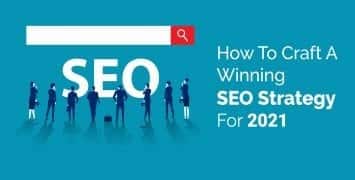Each piece of content you create is an important part of your SEO efforts. Whether it’s a blog post, infographic, video or something else, you want your content to connect with potential customers.
Creating content can be time-consuming. So you don’t want to waste time with content which fails to find an audience.
There’s no one “best” type of content. Instead, there are different types of content which work best for different situations. Here’s a guide to each type of content and when you want to use it:
Set a Goal
Before you create any new content, determine a clear goal. What, specifically, do you want this content to accomplish?
This should be a detailed goal you can objectively measure. Here’s an example:
- Vague Goal: I want to increase brand awareness
- Specific Goal: I want to increase my social media followers by 25% in the next six months
Your goal will determine what type of content you need to create. Here’s a complete breakdown:
If Your Goal is to Generate Leads….
…then you want to create Form Submissions and Trial Signups
This type of content is designed for people who are already aware of your brand at least partially interested in your products. They’re not committed to buying anything right now, but they’re willing to exchange their email address for additional information.
A trial lets them use your service without a financial commitment. Note that free trials usually only work for a service, such as a B2B service, and not for a product. You can offer a money-back ensure for a product, however, which is basically the same idea.
If you’re offering content in exchange for an email address, you have a few options for what that content will be. Popular types include ebooks, comprehensive how-to guides, invitations to a webinar and more. Here are 7 Content Tips Which Double Reader Engagement.
Comparing the number of downloads to the percentage of qualified leads you receive is an effective way to measure your goals here.
If Your Goal is to Boost Brand Awareness…
…then you want to create Content which Generates Referral Traffic
Content which earns you Backlinks will draw in referral traffic. These include guest posts, roundup posts and images. Guest blogs are often a great way to generate Backlinks. Here’s my complete guide on how to create guest blogs for other sites as well as publish guest blogs on your own.
Images, especially video, are some of the most shared type of content the web. This especially true for social media.
In fact, if your goal is to increase brand awareness, you want to prioritize your social media activity. Different social media platforms and strategies work better for different audiences. Check out my guide on The Best Social Media Platforms for Your Brand for help.
Some measurements to keep an eye on here include your increase in social media followers and the amount of social media engagement on each platform.
If Your Goal is to Generate Organic Traffic…
…then you want to create keyword-rich content.
Content which contains a mix of unique, relevant and high quality keywords will rank high in the search engines.
Posts with long tail keywords are a good choice here. So are longer blog posts in general. Try for posts between 1,500 and 3,000 words. Optimized YouTube videos can also help you reach the top of the SERP.
You can measure you success by your increase in organic traffic and your overall position in the search engines.
If Your Goal is to Increase Audience Engagement…
…then you want to increase comments, shares and views on social media.
This means targeting existing users. You want to encourage people to post stories and images showcasing real-world uses of your products.
People respond to “social proof.” This means potential customers will usually react positively if they see real people endorsing your product.
You can measure audience engagement in visits, comments, shares, page views and the amount of people who visit your pages more than once.
Creating content on a regular basis the key to attracting customers and increasing your position in the search results. But not all content formats are equal.
First, you need to establish a clear goal for the piece of content you’re about to create. Then use the type of content which is shown to work best for accomplishing that goal. This will set you up for long-term success.
With a little bit of planning, your content will be on target every time.




